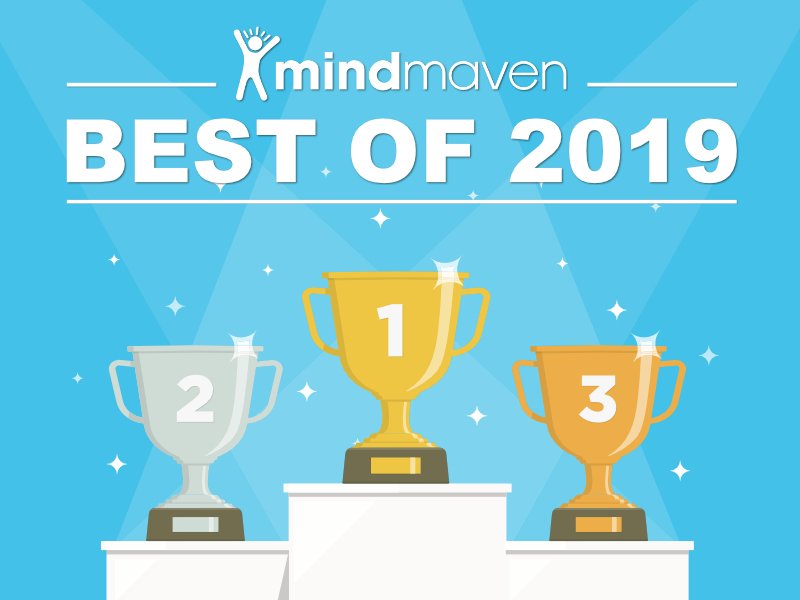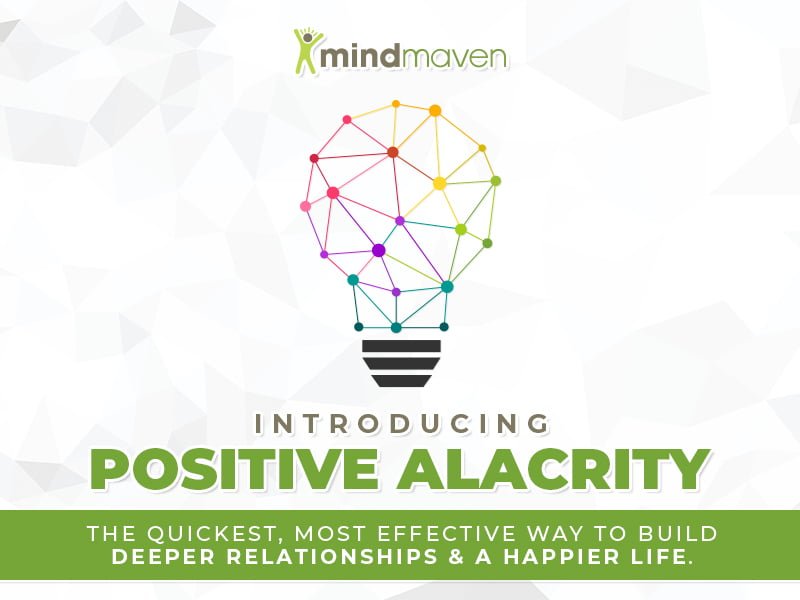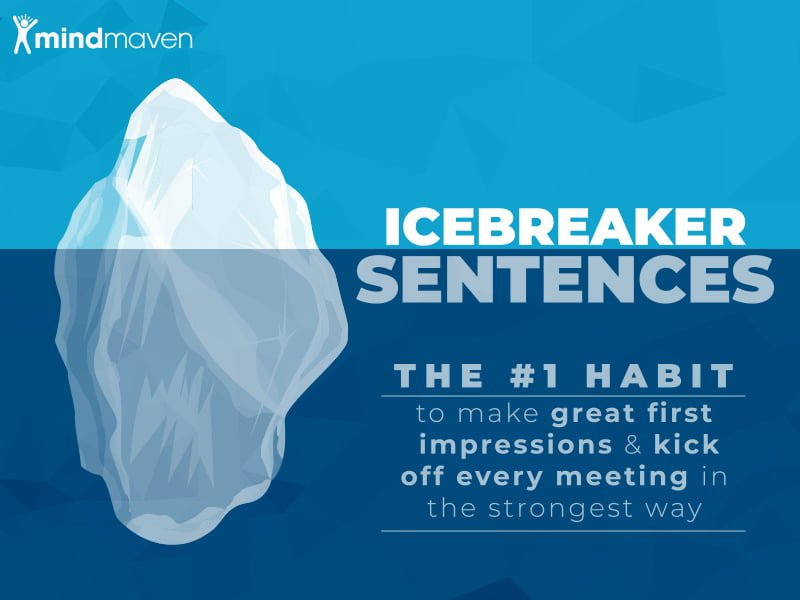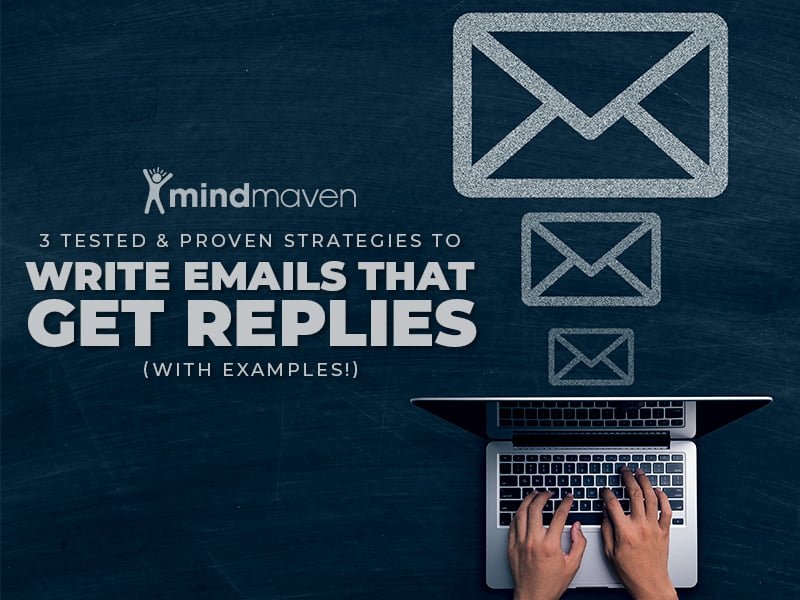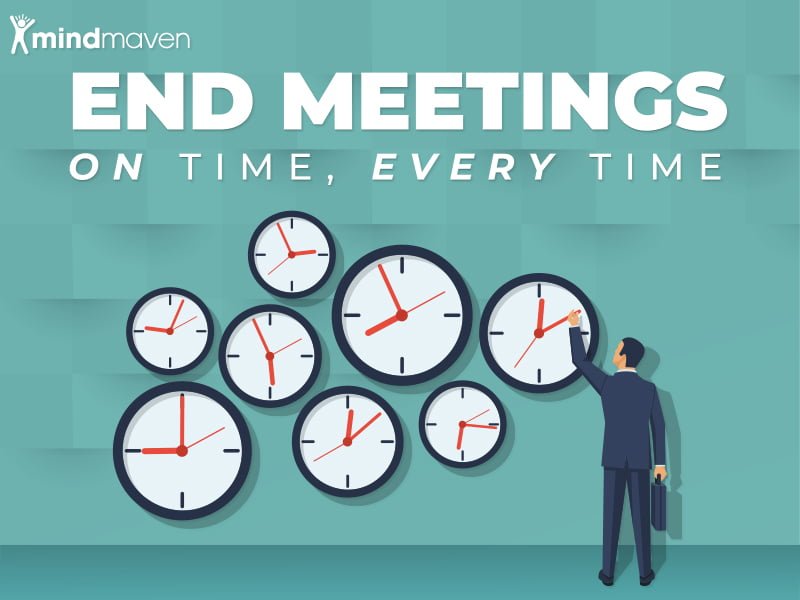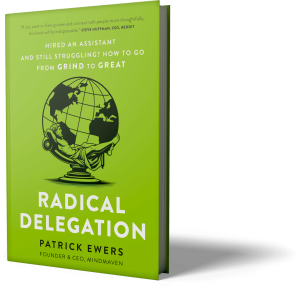With 2018 officially behind us and 2019 unfolding before us, I hope you can look back on the past year with a sense of pride and accomplishment.
Here at Mindmaven, it’s been an exciting year of learning and growth, and I imagine many of you can say the same. But as great as 2018 was, I’ve got my eyes set on making 2019 even better.
If that resonates with you—and if your New Year’s Resolutions are focused around reaching your fullest potential—this blog post is for you. Below, you’ll find a list of what I believe to be the best-of-the-best content we’ve created in 2017; our must-reads to get the most out of yourself, your business, and your network.
Ready? Let’s get started: Here’s our top content from 2018.
Our Top 5 Blog Posts of 2019
2018 saw both brand new content, and the return of some of our best content, rewritten to provide more value than ever before. Picking a top 5 certainly wasn’t easy, but I hope you’ll agree with the choices we made.
Want a Happier, More Fulfilling Life? 75-Year Harvard Study Says Focus on This 1 Thing
This breakthrough piece wasn’t just our top performing content of 2018 … It’s our top-performing content of all-time, and the 53rd most shared content on Pocket in the last two years.
In it, we share the Harvard-backed “secret to happiness;” a secret we at Mindmaven have been preaching since day one. We also introduce the concept of Positive Alacrity, a simple-but-powerful way to build deeper, more meaningful relationships in just minutes a day.
Excerpt:
Why do we so often struggle to treat many of the most important relationships in our lives with the reverence and priority we know they deserve?
For example, do any of these situations sound familiar?
- When under stress, you may have a tendency to be ruder to your spouse than you’d ever dream of being to a complete stranger.
- When building a business, you’re willing to work 60-hour weeks but somehow never “have time” to check in with lifelong friends.
- Speaking of business: You may fail to consistently and proactively invest in deepening the professional relationships that might provide the breakthrough opportunities you need.
So why do we do this? Because although many things in life are deadline and urgency driven, relationships almost never are. As a result, they’re often one of the first parts of our lives that we neglect until we “find the time.”
The good news is, building those deep, meaningful relationships isn’t as daunting or time-consuming as it may sound. In fact, by focusing on one habit, anyone can build more fulfilling relationships every day.
—
Eliminate Miscommunications Once and For All by Mastering the Art of Congruent Communication
Ever had the painful experience of sending (what you thought was) a well-meaning check-in email only to have it blow up in your face when your message was completely misconstrued?
In this highly-pragmatic piece, we take a look at why that happens and, more importantly, how to ensure it never happens again. We discuss …
- Why words alone almost always fail to effectively deliver a message,
- The three factors that drive effective communication, and
- Mastering the art of congruent communication to effectively deliver your message across any medium.
Excerpt:
2/3rds of effective, congruent communication is largely unconscious.
While you likely have consistent, conscious control over the words you speak, your tonality and body language are driven largely by the subconscious mind; or, put another way, by your mindset.
Here’s why that’s important: Say you leave an unproductive meeting in a bad mood. If you don’t take steps to change your mood before entering your next meeting, it doesn’t matter what words you say: Your tonality and body language will likely deliver a negative experience to the other person.
And sure: You may be able to “fake it” for a while. But that rarely lasts. As soon as you stop paying conscious attention to your tonality and mindset—which happens naturally over the course of a meeting—they’ll become reflections of your current (negative) mindset.
So, with that said, let’s talk about 3 ways you can take ownership over your mindset and communication to deliver better experiences and build more meaningful relationships.
—
Icebreaker Sentences: The #1 Way to Make a Great First Impression & Kick Every Meeting Off Well
If meetings—especially meeting new people—is a regular part of your life, you owe it to yourself to read this blog post. In it, we discuss the power of Icebreaker Sentences, and how to use them to make a great first impression every time.
In just 10-15 minutes, you (or your assistant) can create a complete profile for anyone you’re meeting, and leverage that information to make them feel truly valued and important.
Excerpt:
Icebreaker sentences allow you to establish common ground, and common ground is the foundation of every new relationship. Common ground is the shared interests, passions, and challenges that connect us to other people. And here’s why that’s so powerful:
When you establish common ground with someone, you cause them to think, “I am like you.” But here’s the thing: Studies have shown that our brain translates that thought to “I like you.”
So the next question is, what makes a great Icebreaker Sentence? While some Icebreaker is often better than none, there are a few steps you can take to deliver an even better experience to the person you’re interacting with.
—
3 Tested & Proven Strategies to Write Emails that Get Replies (with Examples!)
A recent study found that the average executive receives around 141 emails a day but only sends 40. That means only 1/4th of sent emails actually get a response.
If you’ve ever spent 10, 15, or even 30+ minutes writing an email that never got a response, you know how frustrating that can be. If that’s something you can relate to, this article’s for you.
In it, I share three proven strategies to write cemails that dramatically increase the likelihood of getting a response on your content.
Excerpt:
When your email arrives in your recipient’s inbox, there are three factors that determine the likelihood of them opening and responding to you:
The quality of your relationship with the recipient: The better the relationship you two share, the more likely you are to get a response. For example: A close friend is much more likely to reply than a complete stranger.
The demand on your recipient’s attention: Someone with nothing better to do all day than compulsively check their inbox is pretty likely to respond to your emails. A busy CEO, on the other hand, is less likely to make the time to respond.
The relevancy of your email: The wrong message to the right person, even at the right time, isn’t likely to get a reply. In other words, if you’re (metaphorically) trying to sell ice to someone living in the Arctic Circle, you probably aren’t going to get a response. Your email must make the other person genuinely want to respond.
So the better your relationship, the lower the demand on your recipients time, and the more relevant your message, the more likely you are to get a response.
However: If you want to send an email today, you have virtually no control over the first two factors. After all, the quality of the relationship simply is what it is right now, and the demand on your recipient’s attention is determined by outside circumstances.
But although you have little-to-no short-term control over the first two factors, you have almost complete control over the third: The relevancy of your email. With the right mindset and tactics, it’s entirely possible to write an email so relevant and high-quality that you dramatically influence the likelihood of getting a response.
—
Quick Tips: 3 Simple Strategies to Ensure Meetings End on Time, Every Time
When you’ve got a full day of meetings one after the other, a single meeting running over its allotted time can wreak havoc on the rest of your day.
In this actionable article, I share three easy-to-implement strategies to keep your schedule on-track, no matter how crazy things might get.
Excerpt:
Most people seem to default to two meeting lengths: Short 30-minute meetings, or longer 60-minute meetings. This is half the reason meetings wind up scheduled back-to-back; on a calendar, 30- or 60-minute meetings fit together like puzzle pieces.
And many of us adopted these meeting lengths without question, because it’s simply the “way things are done.” But it doesn’t have to be. In fact, it shouldn’t be. I’m here to say whatever you accomplish in a 30-minute meeting could be done in 25, and whatever you do in 60-minute meeting could be done in 50.
So here’s my challenge to you: Change your default meeting lengths. But how do you do this without offending participants?
Our Top 3 Tools of 2019
In addition to our best content was a slew of new blog posts, we also launched a handful of simple-but-powerful tools in 2018. Take a look at some of my favorites below!
The Inbox Cost Calculator
According to a recent survey, the average professional spends about 4.1 hours managing their inbox each day. If that doesn’t seem like a lot at first, that totals to over 1,000 hours a year. And keep in mind: That’s just the average professional; it doesn’t speak to the countless CEOs and executives who often spend even more time feeling like a slave to their inbox.
But have you ever stopped to ask yourself how much your inbox is actually costing you? It’s probably more than you realize. Find out exactly how much inbox management is costing you—a learn a few tips and tactics to reduce the cost—by downloading our free tool at the link below.
Download the tool for free here!
—
The Meeting Cost Calculator
According to Atlassian, the average person spends 31 hours, or 1860 minutes, in meetings each and every month. That’s about 62 30-minute meetings!
That’s a lot of meetings, but I’d be willing to bet that many of you exceed those numbers on a regular basis. If that sounds like you, here’s the question you’ve got to ask: Are they really worth it? Studies say “no.” And while many agree, few do anything to change it. Why? Because the true cost of meetings is often still too abstract.
That’s why I wanted to create the Mindmaven Meeting Cost Calculator: To give you a 100% transparent look at the true cost of your internal meetings (and to offer pragmatic solutions to reduce that cost). Check it out at the link below!
Download the tool for free here!
—
The Interruption Log
It takes an average of 23 minutes and 15 seconds to recover from an interruption at work and reach full productivity again. And get this: According to recent studies, interruptions happen about 4 times every hour. That equates to one interruption every 15 minutes.
So for every 15 minutes of peak productivity, you spend 23 minutes and 15 seconds working sub-optimally. I don’t know about you, but that equation seems skewed in the wrong direction to me. I don’t have time for that much lost productivity, and I bet you don’t either.
While we discussed a number of interruption reduction strategies in this blog post, one of the most powerful is what we call the Interruption Log. Use this simple-but-powerful tool to identify the most common interruptions in your workflow, and develop an actionable strategy to reduce or eliminate them entirely. Check it out at the link below!
Download the tool for free here!
Our Top Online Course of 2019
We wrapped 2018 with a bang by launching a brand new, fully-fledged online course for free: Resolutions to Reality—How to Crush 2019 with Bulletproof New Year’s Resolutions.
Every year, countless individuals use New Year’s resolutions as a commitment to creating meaningful change in their lives. The problem? 80% of those resolutions fail by February. That’s less than a month of meaningful change.
So what happens? Why do so many resolutions fail? Is it that people aren’t serious about creating change? Are their goals too lofty? Are they simply lazy? In my experience, no: The problem isn’t with people, or even with their goals.
The reason most New Year’s Resolutions fail is simply because people lack a scalable system to turn their goals into reality. And that’s exactly what we aim to fix in Resolutions to Reality with our unique three-pronged approach.
It’s our hope that, by the end of this program, you’ll not only have clarity on the change you want to create; you’ll have the tools and knowledge you need to turn your resolutions into reality.
But a fair warning: This course will only be available for enrollment through February 23rd. After February, we’re closing access until 2020. Don’t miss out! Sign up at the link below!
Click here to sign up for free today!
Next Steps: How to Start 2019 Strong
Alright, we’re about wrapped up here. We’ve covered some of our best content from 2018, but the list certainly wasn’t all-inclusive.
If you think we left content out that deserves a spot on the list, let me know in the comments below! Or, even better: Want to see us cover a specific topic in 2019? Drop it in the comments! If we cover it, I’ll be sure to let you know.
Now, what’s next? If you read or act on nothing else from this content, make it Resolutions to Reality, our brand-new online course. It’s been custom-built from the ground up to give you absolutely everything you need to start (and end) 2019 strong.
Once more: You can enroll for free for a limited time by clicking here, or on the image below. Happy New Year!

